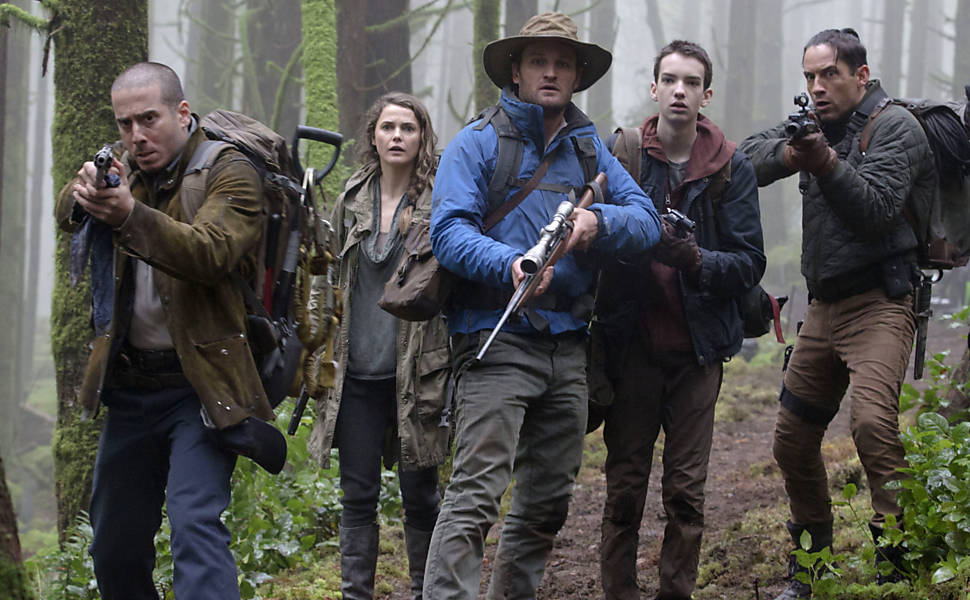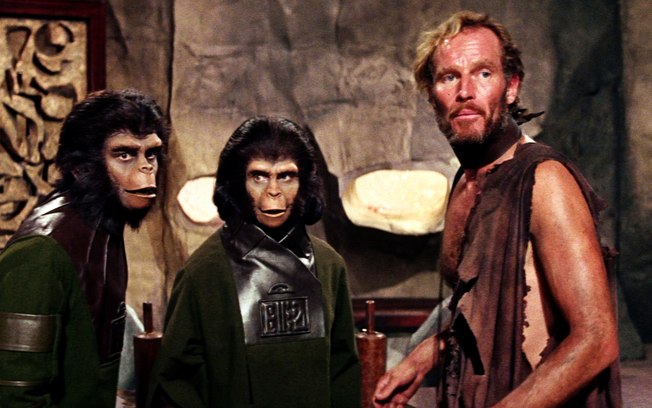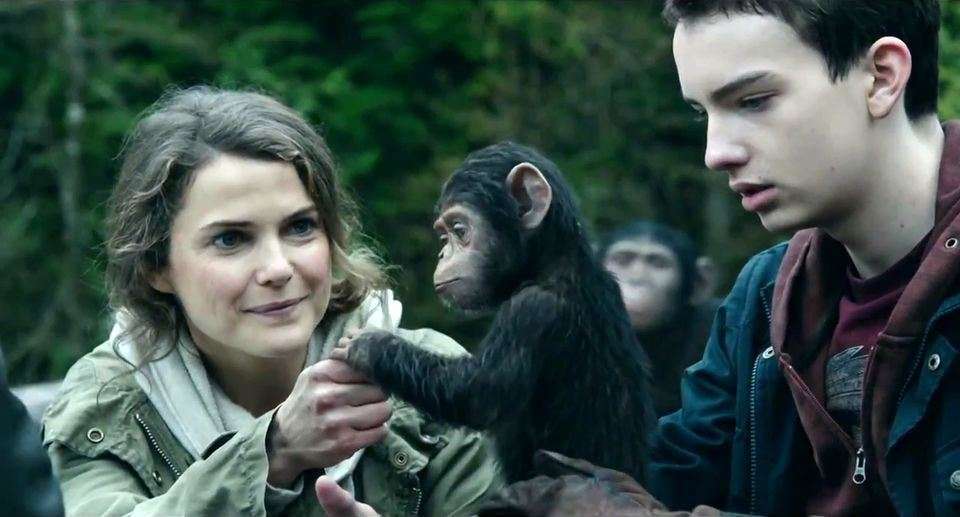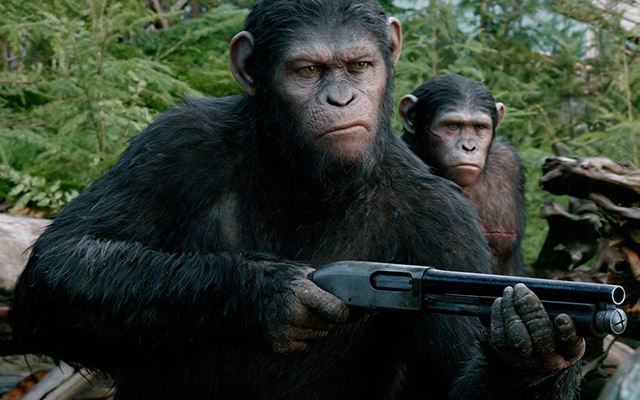Dawn of the Planet of the Apes
Don’t monkey around with me

I believe it is very difficult, these days, to make the sequel to a famous film, especially if it was such a memorable success that it elevated it to the condition of classic. This was the challenge imposed on “Dawn of the Planet of the Apes” (USA, 2014), which not only continues the events shown in “Rise of the Planet of the Apes” (USA, 2011), but also has the DNA of an anthological film, “Planet of the Apes” (USA, 1968).
Beforehand, I could already opine to my dear readers that the fundamental difference between the current movie and the original from 1968 does not only translate into the impressive, three-dimensional computer-generated special effects that characterize recent productions. What changes from one film to another, in addition to the four decades that set them apart, is the way their characters’ relationships are portrayed.
In the 1968 film, starring Charlton Heston, a group of Earth astronauts travel to space in artificial hibernation and fall on an unknown planet whose dominant civilization is made up of apes, while humans are unable to speak, and are held as slaves.

Despite being apparently a science fiction story, the film is a fantastic social criticism of prejudice and intolerance, at a time when the world lived the struggle for civil rights, under the influence of the Cold War, where protests against the Vietnam War echoed in the hippie movement, in free love and in the search for the meaning of life.
In an absolutely brilliant way, “Planet of the Apes” exposed this intolerance through the relationship between monkeys and humans, simply replacing, in brilliant dialogues, the term “human” instead of “black”, “latino”, “immigrant”, “communist”, or any inferior classification in the eyes of extremists of the time.
The film has an equally anthological ending when Heston’s character finds out where he really is. The film was so successful that it yielded no fewer than four sequels, a remake, directed by Tim Burton and starring Mark Wahlberg, and a prequel in 2011 with James Franco, where the origin of the simian civilization would be.

“Dawn of the Planet of the Apes” begins by showing in a dizzying sequence the events caused by a laboratory-created disease – called “ape flu”, because it was tested on a monkey that fled and spread as a pandemic.
The effect of the disease was so devastating that it caused the fulminant death of 90% of the human population, causing the collapse of civilization. Meanwhile, inside a forest near San Francisco, a large colony of monkeys lives isolated, commanded by Cesar (Andy Serkis), in relative tranquility.
But this peace is threatened when a group of humans penetrate the forest, and causes a great stir among the monkeys. The group was led by Malcolm (Jason Clarke), who sought to reactivate an old abandoned hydroelectric plant.
In a show of strength, Cesar leads his thousands of warriors to the gates of the city to warn the men to stay away from the forest. This creates animosities aside, as Dreyfus (Gary Oldman), the leader of humans, does not admit that apes impose their will.

In a new attempt, Malcolm reaches Cesar, and thanks to the help of his wife, who is a doctor, manages to save the life of the monkey leader’s wife, which leads him to allow the reactivation of the hydroelectric plant.
And as there are pig spirits both among humans and apes, soon conflicts arise, and while Cesar tries to survive an attack, his followers are led by the brawling Koba (Toby Kebbell) to attack the city of men.
To satisfy young audiences, eager for gunfire and explosions, the verisimilitude is the first to die. From one hour to another not only are the apes heavily armed, but the weapons seem to have no ammo limit. I wonder if any of us would have trouble handling a modern rifle, even to figure out how to unlock it and put in a shooting position, imagine a monkey who had never picked up a gun. But it’s movie stuff, and it’s better to put preciousness aside.
An interesting aspect, however, is that, unlike the 1968 film, which focused on personal prejudices, “Dawn of the Planet of the Apes” focus on intolerance among peoples, and as always has someone willing to put firewood on the fire.

This, unfortunately, is a very current portrait of our world, where we witness a series of meaningless regional conflicts, such as the Ukraine war, the eternal conflict between Israelis and Palestinians, the civil war in Syria, all the confusion in sub-Saharan Africa and the growing tension between China and Taiwan.
With reasonable script failures, many special effects and action scenes, “Dawn of the Planet of the Apes” is intended for youth audiences, but can serve very well to stimulate useful discussions about the relationship between nations, a concept that, unfortunately, is very lacking in today’s world.






